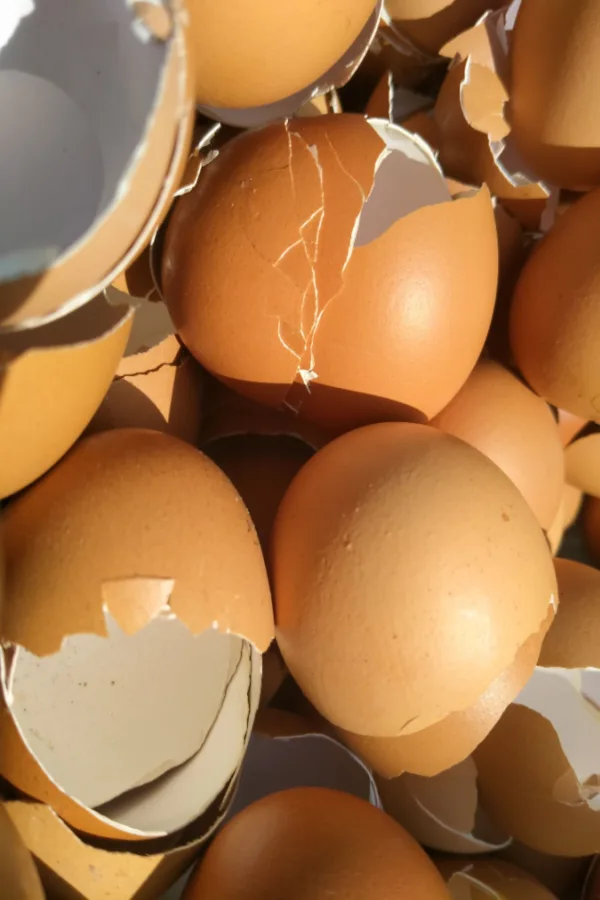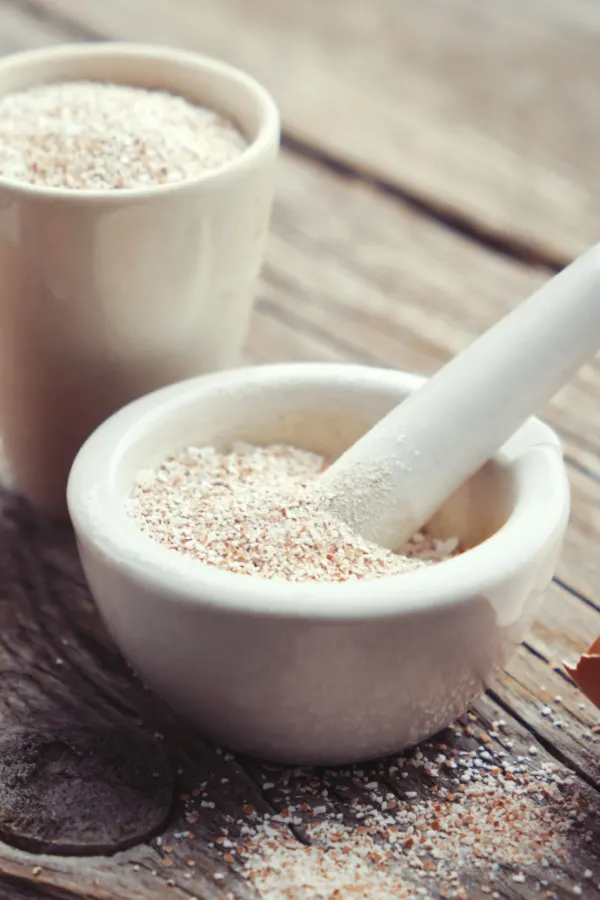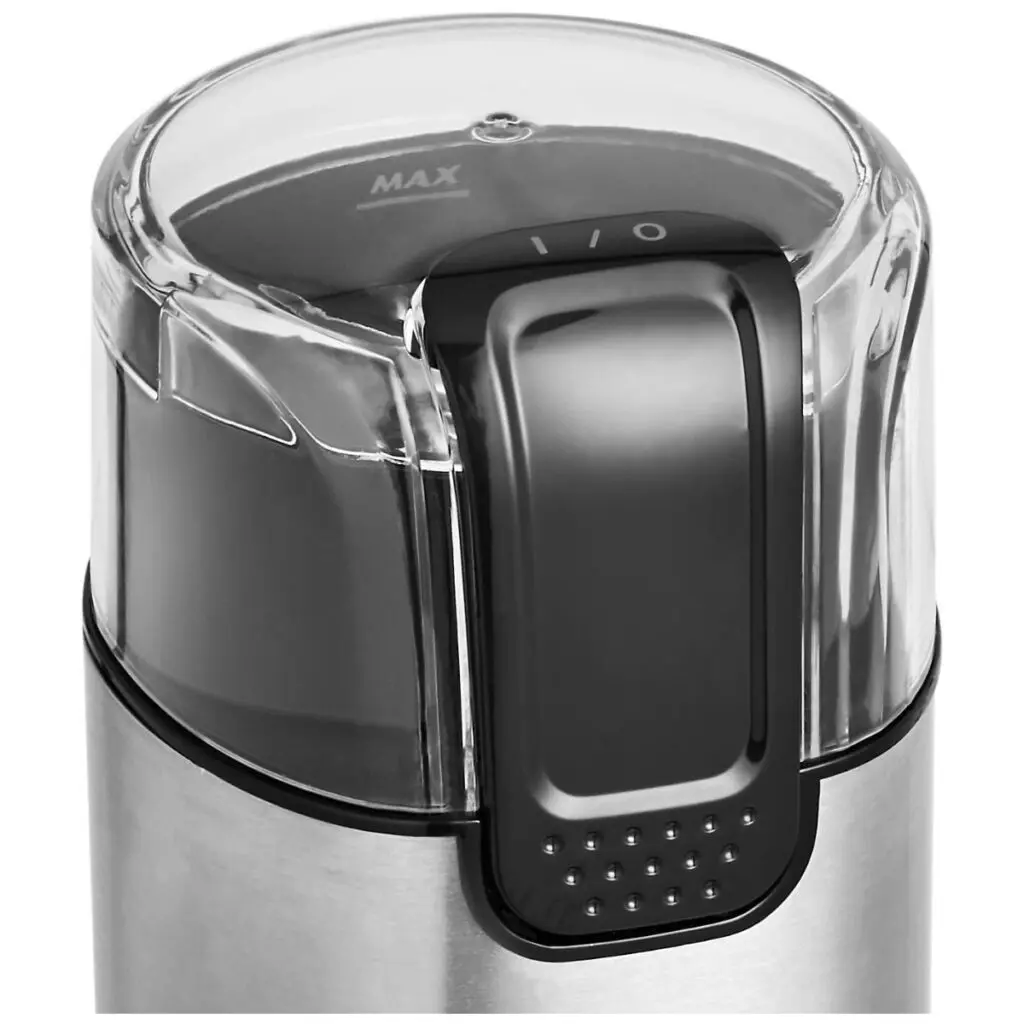One of the best ways you can prepare for a great garden season next year is to safely save and store all of those egg shells coming from your kitchen this winter. And contrary to popular belief, it doesn’t have to be messy, difficult – or take up a lot of space!
Egg shells are an amazing natural resource for gardeners. Not just for your vegetable plants – but also to help power your potting soil, annual flowers, compost pile and more.
The shells of eggs contain a tremendous amount of calcium. And calcium is critical when it comes to helping plants grow, produce and maintain their health. But it’s also important for so much more when it comes to growing plants and having healthy soil!

For starters, plants use calcium to build strong cell walls in their stems and branches. Calcium is also important for pollination and helping plants deal with drought and stress. Perhaps most important of all, calcium is a key ingredient in helping plants to absorb moisture and other vital nutrients.
Recharging Your Soil With Calcium – The Best Way To Save Eggs Shells Over Winter
Unfortunately, for many vegetable gardens, raised beds and flowerbeds, with each passing season, the existing soil becomes more and more depleted of calcium. And when that happens, it can take quite a toll on your garden and plants overall performance. But this is where egg shells can help!
A typical egg shell is made up of well over 90 percent calcium carbonate. Even better, in addition to all of that calcium, it also contains small amounts of phosphorous, potassium, magnesium, iron and other vital plant growing nutrients.
When added to soil, potting soil, or directly into planting holes, egg shells can release serious power and help to recharge nutrient levels. Even more so when they are ground down into a fine powder to speed up nutrient release.
But as great as egg shells can be, finding enough of them to use every spring for all your planting needs can be tough.

Fortunately, that is exactly where saving shells all winter long can come to the rescue. Although you might think saving old egg shells might be messy, smelly, and take a lot of room and effort – that actually couldn’t be further from the truth!
How To Save Egg Shells Over Winter – With Ease!
There are usually 3 big concerns for gardeners when saving egg shells at any time of the year. The first is how to save the egg shells without worry of salmonella contaminating your soil. The second is how to save them without the egg shells putting off any foul odors. And the third? It’s where and how to store them long term!
Let’s start by covering how to save egg shells safely and without worry of any bad odors – and then we will cover over-winter storage.
Saving Egg Shells Safely
There is a very easy, fast and effective way to disinfect egg shells. For starters, by simply rinsing off the egg shells with water, you can remove most worry of salmonella. The shells of eggs actually rarely ever have enough bacteria to ever be an issue. However, rinsing them off is a great way to remove any that might be present.

Beyond that, by simply heating shells in your oven on a sheet pan at 400° (F) for 7 to 10 minutes, you will not only kill any and all remaining bacteria, you will also make it easy to pulverize the shells – which you will see in later on in the article is extremely beneficial – both for storing and using.
The good news is you don’t have to “bake” off the shells every time you use a couple of eggs. Just rinse them off, throw them in a pail or freezer bag, and when you have enough, bake them off. Once rinsed, the shells will carry no odor and zero bacteria.
Many gardeners will skip the baking off step entirely and just rinse them. No matter which method you choose, it’s the next two steps of grinding and freezing that make winter egg shell storage a snap!
Grinding & Freezing Egg Shells Over Winter – The Best Way To Save Eggs Shells Over Winter
So how do you save a lot of shells safely? And without having them take up a lot of space? The answer is to grind them down into a powder and store them in your freezer! Grinding your shells down is a perfect way to save space for storage. Even better, it also happens to be the best way to use egg shells next spring to help your plants.

When using egg shells in the garden, the more finely ground down the better. Even small pieces of egg shells take a long time to completely break down. And the longer they take, the more time it takes for their nutrients to be able to absorb into plants or the soil.
The Best Way To Pulverize Egg Shells – How To Save Egg Shells In The Winter
So what’s the best way to grind them down? Although you can crush shells fairly small by hand, a small coffee grinder is perfect for the job. We’ve been using this little trick for years, and it’s amazing how a tiny, inexpensive grinder (we purchased ours for $16) can turn egg shells into a powerful, nutrient filled powder in mere seconds.
What’s even better is the egg shell powder is so fine, once we go to use it, it can release its nutrients almost immediately. We use the powder in our planting holes for vegetables and flowers – and even mix it into potting soil to give it more energy as well. Affiliate Link: Basics Electric Coffee Bean Grinder
The egg shell grinding trick is also great in the summer when we put our extra shells into our compost bin. By pulverizing them before adding, they immediately break down in the pile.
Freeze & Store
In the winter, once our egg shells are ground down, we simply toss them into a freezer bag to store. There’s no mess, no odor – and the shells are ready to go right when we need them in the spring. We even use a freezer bag to store shells safely while we wait to have enough to bake off and grind.
One thing is for sure, egg shells play a key role in helping our garden to bigger and better growth every year. And being able to save and store them in large quantities all winter has been wonderful to always make sure we have enough on hand come spring.
Here’s to saving your egg shells easily and safely this winter! Happy Gardening – Jim and Mary.
Jim and Mary Competti have been writing gardening, DIY and recipe articles and books for over 15 years from their 46 acre Ohio farm. The two are frequent speakers on all things gardening and love to travel in their spare time.
As always, feel free to email us at thefarm@owgarden.com with comments, questions, or to simply say hello! You can sign up for our free email list in the subscribe now box in the middle of this article. Follow us on Facebook here : OWG Facebook. This article may contain affiliate links.

